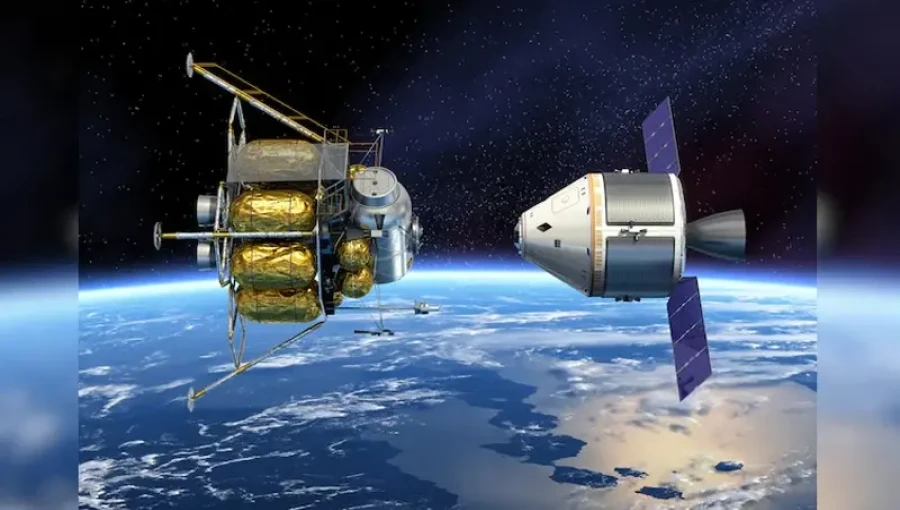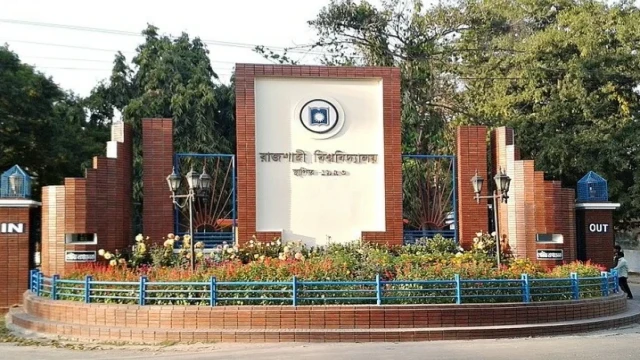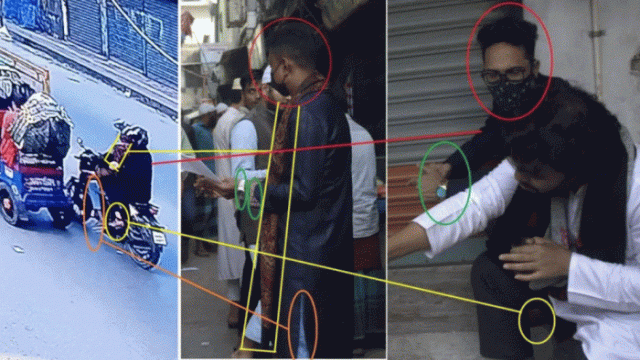Sriharikota, Jan 01 (V7N)— India has made a historic achievement by successfully launching its Space Docking Experiment (SPADEX) mission, making it the fourth country in the world to have the capability to dock two spacecraft or satellites in space. This technological milestone places India alongside the United States, Russia, and China.
The SPADEX mission was launched from Sriharikota, Andhra Pradesh, at 10 pm on Monday, December 30. This mission marks a significant advancement in space technology, specifically in the field of spacecraft docking and undocking. The successful docking of two spacecraft in orbit is a crucial step toward India's future plans for space exploration, including the construction of its own space station.
The mission involves two small spacecraft — SDX01 and SDX02 — each weighing around 220 kg. These spacecraft were launched using the Polar Satellite Launch Vehicle (PSLV-C60). The primary objective of the SPADEX mission is to demonstrate the technology required for docking and undocking spacecraft, which is vital for building space stations and other complex space missions.
The Indian government announced in October this year that India aims to build its own space station by 2035, and SPADEX is a key part of this ambitious plan. The mission is part of the Indian Space Research Organization’s (ISRO) broader goals, which also include participation in future lunar missions.
The cost of the SPADEX mission, including the spacecraft and associated equipment, is estimated to be around ₹125 crore, while the launch vehicle cost is ₹250 crore.
This achievement signifies India’s growing capabilities in space technology and its expanding role in global space exploration.
END/MSS/AJ































Comment: